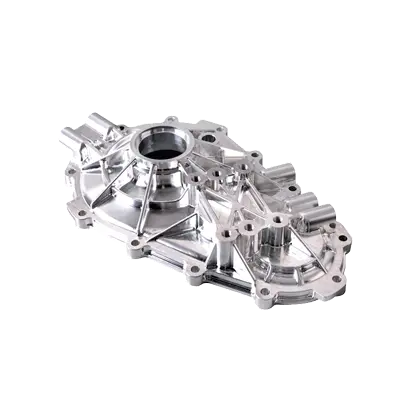The Evolution of CNC Machining: A Game-Changer in Manufacturing
In the late 1940s, the United States marked a significant milestone in the development of manufacturing technology with the emergence of Computer Numerical Control (CNC) machine tools. This revolutionary technology paved the way for the era of precision manufacturing, transforming the industry forever. Today, CNC machines are an integral part of manufacturing processes, and their applications in the mold manufacturing industry are particularly widespread.
The Birth of CNC Treatment
In the United States, the development of CNC machine tools began in the late 1940s, marking a major breakthrough in manufacturing technology. This innovation led to the creation of a new era in precision manufacturing, where machines could be controlled by computer algorithms, enabling unparalleled levels of accuracy and efficiency. The United States was not alone in recognizing the potential of CNC technology, as other major countries also invested heavily in its development.
CNC Machines: A Broad Spectrum of Applications
CNC machines have evolved to cater to diverse metal cutting processes, including milling, grinding, drilling, and planning, as well as specialized processes like electrical treatment and laser treatment. To meet these demands, various types of CNC machining tools have been developed, categorized into 16 distinct groups:
- CNC Turning (turning with milling function)
- CNC Milling (including milling centers)
- CNC Turning Centers
- CNC Machining Centers (mainly based on milling and cutting)
- CNC Grinder (including grinding centers)
- CNC Drilling Machine (including drilling centers)
- CNC Turning Boring Machines
- CNC Grinding Machines
- CNC Turning Machines
- CNC Laser Treatment Machines
- CNC Electric Cutting Machines
- CNC Electric Forming Machines (including electric machining centers)
- CNC Machine-Molding Machines (with a draw plate CNC)
- CNC Pipe Fitting Machines
- Other CNC Machine Tools
Common Applications in Mold Manufacturing
CNC machines have a wide range of applications in the mold manufacturing industry, including:
- CNC Milling Machines
- CNC Electric Spark Forming Machines
- CNC Electric Line Cutting Machines
- CNC Grinding Machines
- CNC Turning Machines
CNC Machine Architecture
CNC machines are typically composed of control systems, servomotor systems, detection systems, mechanical transmission systems, and other auxiliary systems. The control system plays a crucial role in calculating, managing, and controlling the machine tool, and receives feedback from the detection system to adjust the machine’s movement accordingly.
Mechanical Transmission System: A Critical Component
The mechanical transmission system is an essential component of CNC machines, enabling the conversion of the control system’s output signals into mechanical movements. This system is responsible for solving various problems, such as fixed cycles and automatic tool changes.
The Pivotal Role of the Servo System
The servo system, a key component of CNC machines, converts the impulse signal from the CNC device into mechanical movements of the machine tool. This enables precise control over the machine’s movements, ensuring accurate and repeatable results.
Challenges and Future Directions
CNC grinding is often the most complex and challenging process in CNC machining, requiring the most problem-solving. This is evident in CNC programming, such as CNC Wire Cutting, CNC Electric Spark Forming, CNC Turning, and CNC Grinding, each with its unique characteristics. Despite these challenges, CNC machining continues to evolve, with ongoing innovation and refinement driving improvements in precision, efficiency, and versatility.
Conclusion
The advent of CNC machining has revolutionized the manufacturing industry, enabling unprecedented levels of precision, efficiency, and quality. As technology continues to advance, CNC machines will play an increasingly vital role in shaping the future of manufacturing, driving innovation, and meeting the demands of a rapidly changing world.

















